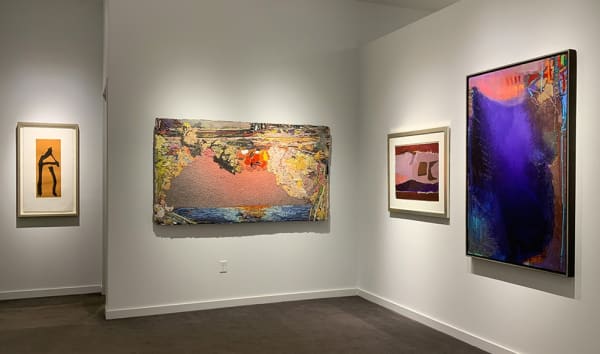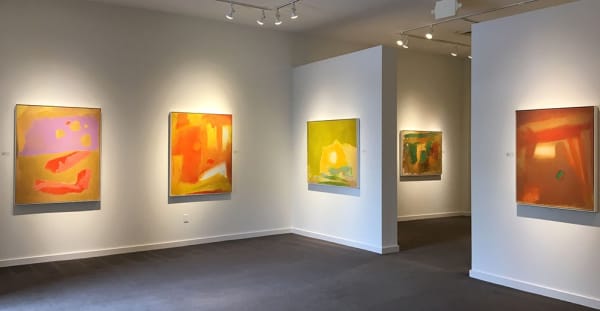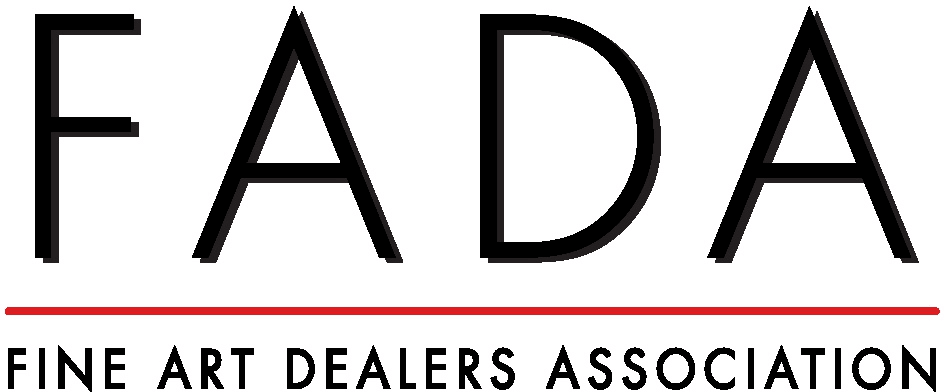Esteban Vicente American, 1903-2001
Esteban Vicente was born in Turégano, Spain. He enrolled at the Real Academia de Bellas Artes in Madrid in 1921 intending to study sculpture and completed his training in 1924. Soon after the outbreak of the Spanish Civil War in 1936, Vicente moved to New York. By the 1940s, Vicente was committed to exploring abstraction, giving up his earlier representational style of painting. A member of the first generation of Abstract Expressionists, Esteban Vicente was part of the most influential circles of his generation. Vicente was a core member of the New York School, which included Franz Kline, Jackson Pollock, Mark Rothko, and Barnett Newman and shared studio space with Willem de Kooning.
In the 1950s, Vicente began to explore collage, integrating the Analytical Cubism of Pablo Picasso, Georges Braque, and Juan Gris into works that were animated and highly keyed. Vicente’s paintings, collages and drawings reflect a primary responsiveness to the medium even as he remains anchored in an essentially Cubist definition of surface. From the 1960s on, Vicente refined his gestural style of painting and collage to reflect a more reductive approach that employed vibrant color harmonies and contrasts. Throughout his long career Vicente explored a mode of expression that integrated abstraction, movement, and color. His artistic career was characterized by great energy and exuberance, as well as openness to experimentation and a sense of balance.
-

American Abstraction
Group Exhibition November 6, 2021 - January 1, 2022Jerald Melberg Gallery presents an exhibition featuring works of American Abstraction . Abstraction firmly took hold in the United States during the mid-twentieth century when the Abstract Expressionist movement emerged...Read more -

Summertime
Group Exhibition June 21 - August 28, 2021An exhibition of paintings, sculptures and works on paper inspired by summertime . Featured artists include Jesse Redwin Bardin, Charles Basham, Romare Bearden, Katherine Boxall, William Partridge Burpee, Dale Chihuly,...Read more -

Winter Selections
Group Exhibition January 16 - March 6, 2021Jerald Melberg Gallery is pleased to present a group exhibition featuring works by gallery artists Charles Basham, Romare Bearden, Christopher Clamp, Raul Diaz, Susan Grossman, Lee Hall, Wolf Kahn, Kim...Read more -

Esteban Vicente
September 14 - November 2, 2019During the course of his long and lauded career as a member of the first generation of Abstract Expressionists, Esteban Vicente closely studied shape, light, and the possibilities of pigment....Read more
-

Art Miami 2021
November 30 - December 5, 2021Jerald Melberg Gallery is pleased to announce its participation in the 2021 Art Miami art fair. Recognized as one of the preeminent international modern and...Read more -
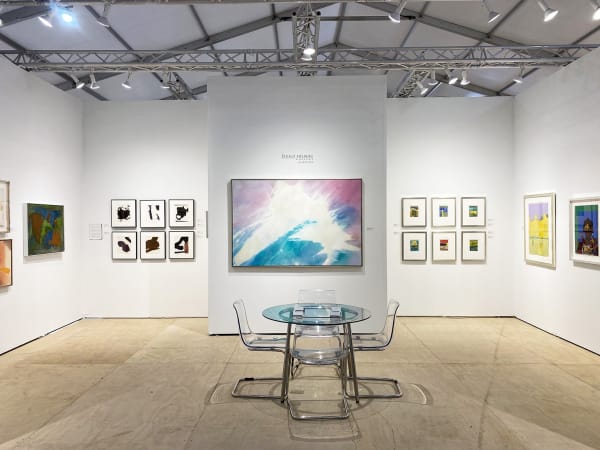
Market Art & Design
The Hamptons August 12 - 15, 2021Jerald Melberg Gallery is pleased to announce its participation in Market Art + Design The Hamptons , the East End's premier and longest-running art and...Read more -
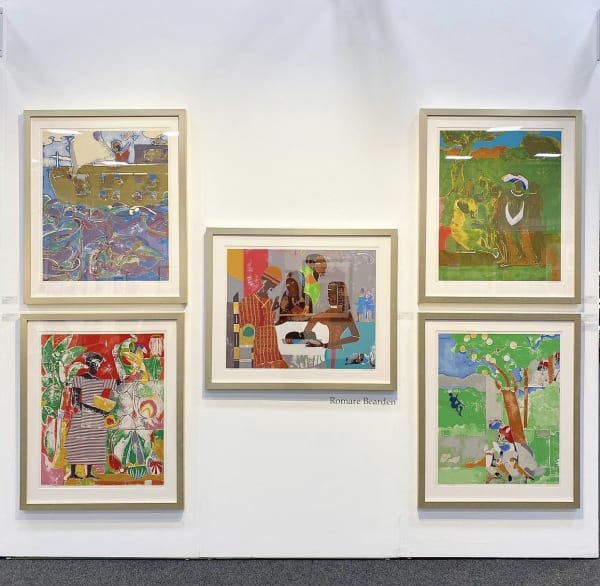
Art on Paper
New York City March 5 - 8, 2020Jerald Melberg Gallery is pleased to announce its participation in the 2020 Art on Paper art fair in New York City. Recognized as one of...Read more -
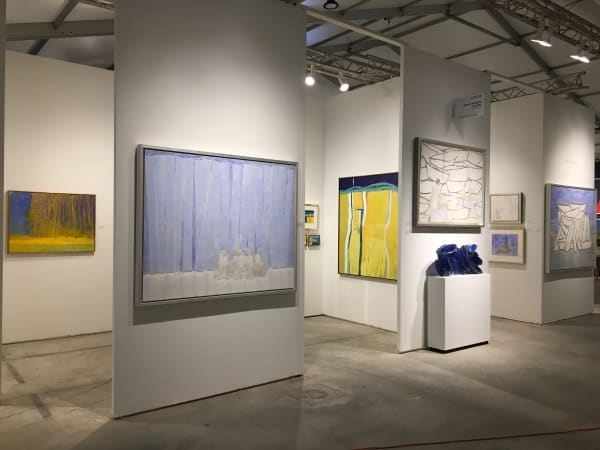
Art Miami
December 3 - 8, 2019Jerald Melberg Gallery is pleased to announce its participation in the 2019 Art Miami art fair. Recognized as one of the preeminent international modern and...Read more
-

Art Miami 2021
November 30 - December 5, 2021Jerald Melberg Gallery is pleased to announce its participation in the 2021 Art Miami art fair. Recognized as one of the preeminent international modern and...Read more -

Market Art & Design
The Hamptons August 12 - 15, 2021Jerald Melberg Gallery is pleased to announce its participation in Market Art + Design The Hamptons , the East End's premier and longest-running art and...Read more -

Art on Paper
New York City March 5 - 8, 2020Jerald Melberg Gallery is pleased to announce its participation in the 2020 Art on Paper art fair in New York City. Recognized as one of...Read more -

Art Miami
December 3 - 8, 2019Jerald Melberg Gallery is pleased to announce its participation in the 2019 Art Miami art fair. Recognized as one of the preeminent international modern and...Read more


